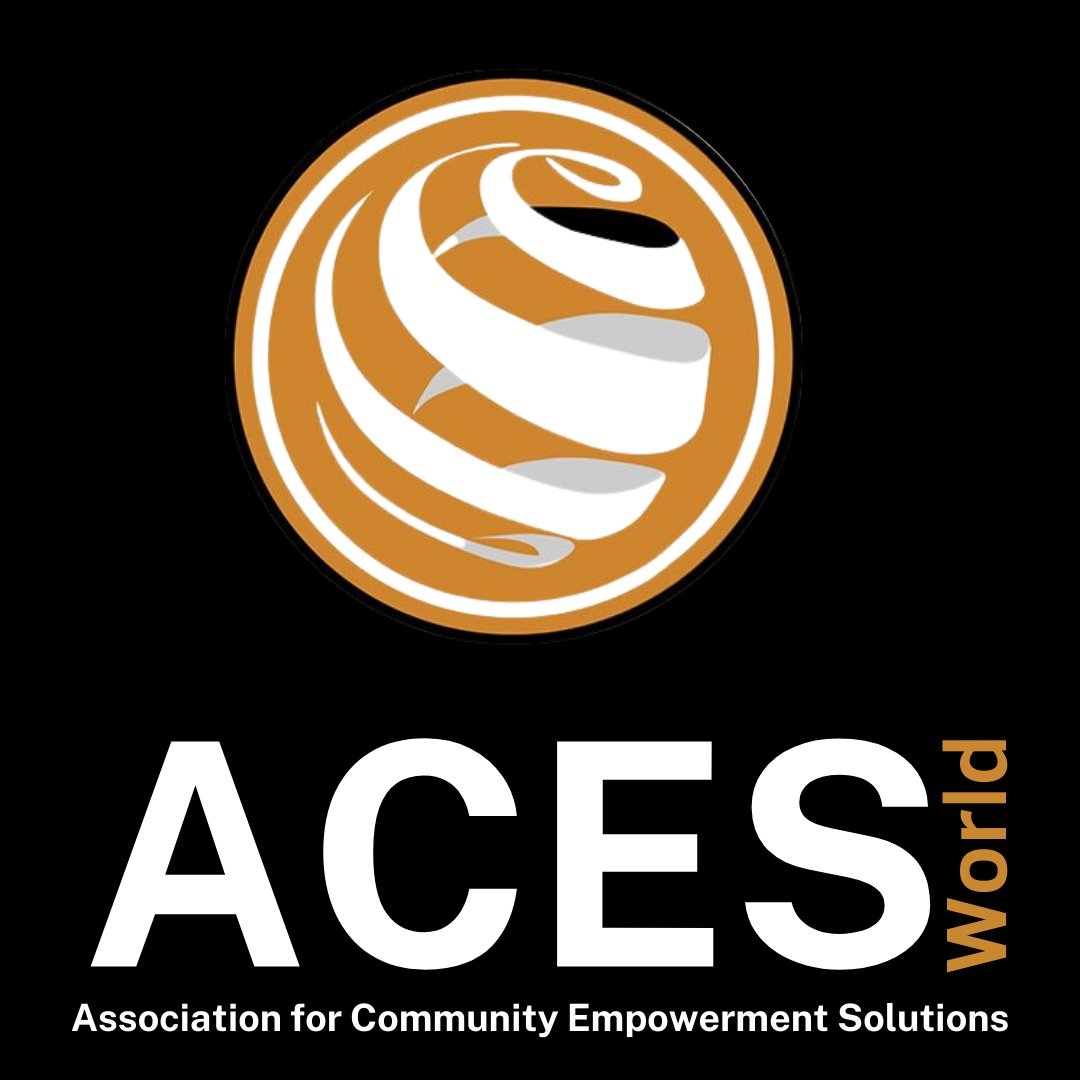Looming Public Health Crisis
Extreme heat events, which are characterized by warm air masses and consecutive nights with high minimum temperatures, are a significant public health problem in the United States that will only be exacerbated by further temperature increases from Earth’s natural greenhouse effect, the reliance on non-renewable and carbon-rich energy sources, and urbanization. As temperatures continue to rise and extreme heat events linked to adverse health outcomes become more frequent in the U.S., minority groups, especially American Indian and Alaskan Native (AIAN), Black population, and other underserved communities are disproportionally affected. According to mortality data from the Centers for Disease Control and Prevention (CDC), between 2018 and 2021, there were 4,681 heat-related deaths, rising each year from 2019 onward. Notably, this number does not account for heat-related deaths worsened by underlying chronic conditions such as cardiovascular disease, COPD, asthma, and other chronic illnesses.
According to data from the Kaiser Family Foundation (KFF), the age-adjusted mortality rates for AIAN and black communities were 13.8 and 4.2 from 2019-2021, respectively, which is more than four times higher for an AIAN and 1.5 times higher for the black population when compared to their white counterparts. These mortality risks demonstrate increased heat exposure to underlying inequities. For example, a residential segregation law in the U.S. known as redlining forces minority populations to reside in poorly built houses in urban heat islands with higher summer daytime surface temperatures compared to the White and Asian communities. Furthermore, vulnerable populations confined by these zoning laws live in resource-poor neighborhoods and are primarily low-income communities. Their built environment lacks green spaces, cooling centers, and scarcity of nutritious food by food deserts, which are becoming all too common in impoverished communities throughout the U.S. but more pronounced in the Southeast U.S. and some regions in the Midwest.
Other vulnerable populations affected by these extreme heat events are non-citizen immigrants, migrant workers, and incarcerated people. They are a low-income population and are more likely to work jobs with climate-related health risks, including extreme heat. Heat is the US's number one cause of exertion-related occupational injury and death. Another community that is sometimes overlooked is older adults who live alone, without air-conditioning, and may have medical conditions requiring medications that can cause salt and water imbalances, putting them at more significant risks of heat-related illness and death.
The Occupational Safety and Health Administration (OSHA) and the CDC have heat prevention recommendations. Still, there are no natural standards in place to protect workers from exposure to extreme heat. The Biden administration has taken action to increase awareness and education about heat exposure health risks, including launching a new heat.gov website and developing a National Heat Strategy. There is also a newly established Office of Climate Change and Health Equity within the Department of Health and Human Services, which aims to address the impact of climate change and develop innovative tools to help track heat-related illnesses. Other grassroots agencies are taking steps to educate individuals and communities about how to protect themselves from extreme heat. They are trying to develop more climate-resilient communities with more green spaces, transportation, air-conditioning units, and adequate cooling centers. Although these efforts are great strategies, more will need to be done to increase protections for those vulnerable populations at greater risk and to reduce adverse health impacts, especially for groups who face health disparities.
References
1Artiga, S., & Ndugga, N. (2023, August 24). Continued rises in extreme heat and implications for Health Disparities. KFF. https://www.kff.org/racial-equity-and-health-policy/issue-brief/continued-rises-in-extreme-heat-and-implications-for-health-disparities
2. Centers for Disease Control and Prevention. (2023, September 12). Keep your cool in hot weather. Centers for Disease Control and Prevention. https://www.cdc.gov/nceh/features/extremeheat/index.html
3. Luber, G., & McGeehin, M. (2008). Climate change and extreme heat events. American Journal of Preventive Medicine, 35(5), 429–435. https://doi.org/10.1016/j.amepre.2008.08.021
